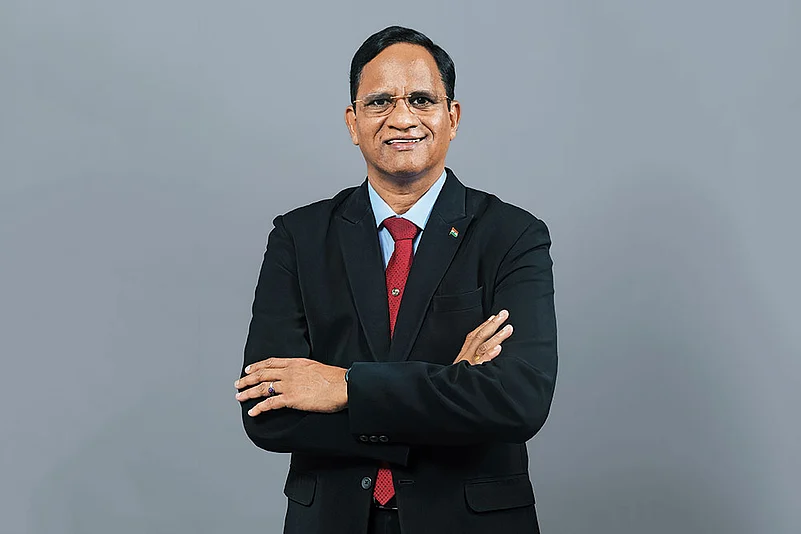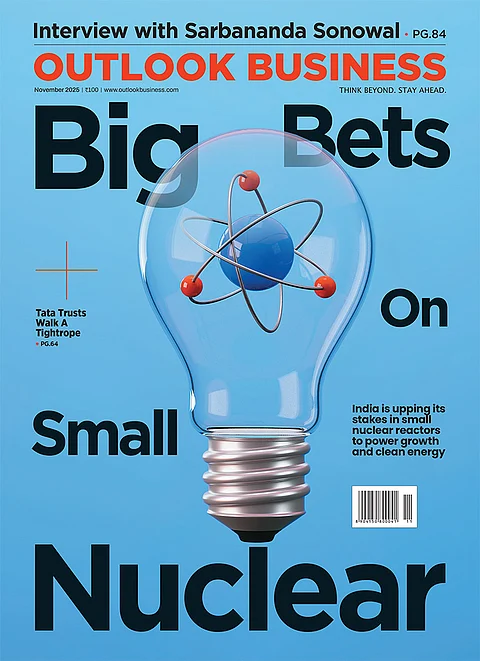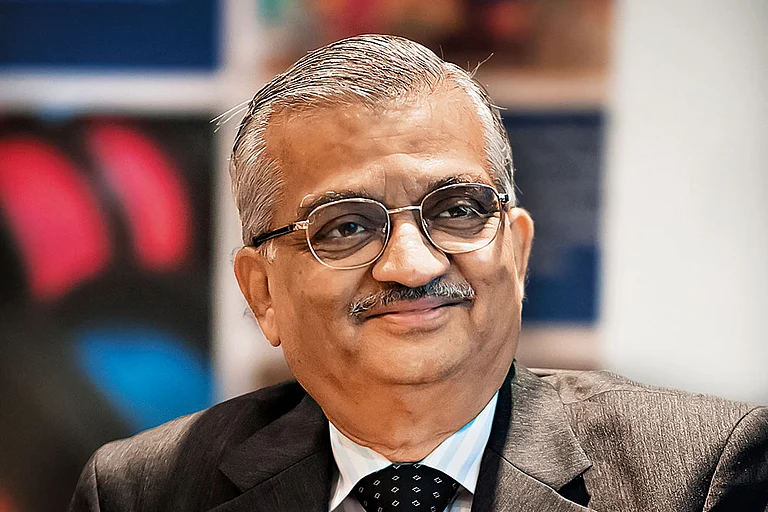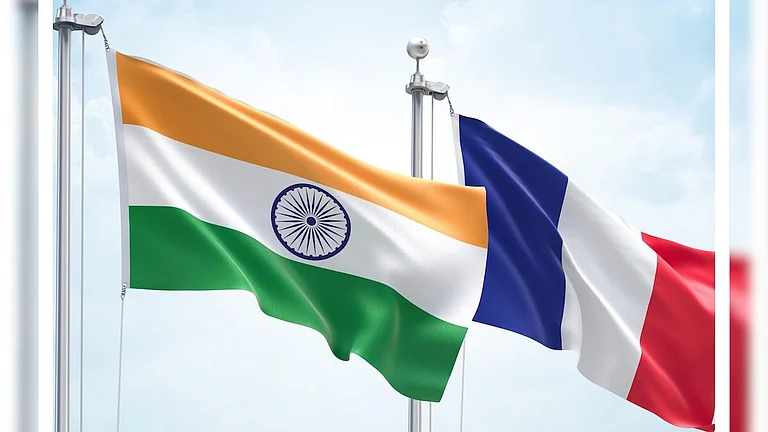Why is India looking at SMRs as a pivotal piece in its clean, firm power build-out plan?
They are vital for three reasons. First, they can decarbonise hard-to-abate sectors such as cement, steel, aluminium and refineries, which account for nearly 34% of India’s carbon footprint. Without addressing these, India cannot meet its 2070 net zero and greenhouse gas targets.
Second, hyperscale data centres driving AI and quantum computing need reliable 24x7 clean power with compact footprints. SMRs are among the best options.
Third, in remote regions like the Andaman and Nicobar Islands and certain military bases where grid links are unviable, SMRs or micro-modular reactors can be deployed locally.
How can India secure its nuclear supply chains amid global geopolitical shifts and tightening controls on critical materials?
India has built indigenous end-to-end nuclear capability over six decades. At Hazira, L&T manufactures critical reactor components, including steam generators. In 2011, it added facilities for nuclear-grade steel, forgings and supply piping. These now run at 20% capacity, producing four steam generators a year, but can scale up to 24 annually to meet the 100GW target.
Hazira has a strong ecosystem: proximity to leading institutes like IITs, NIT Surat, VJTI Mumbai and MS University Baroda, and several nuclear plants within 200km.
The missing link is fuel. L&T has applied to enter fuel fabrication, now restricted to the Nuclear Fuel Complex. India, with the world’s largest thorium reserves, is advancing Homi Bhabha’s three-stage programme to convert thorium into uranium-233 via fast breeder reactors. The first 500MW prototype is due by September 2026.
L&T has also partnered with US-based Clean Core Thorium Energy, whose mixed uranium-thorium fuel boosts efficiency 7–8 times and cuts spent fuel by 85%. Leveraging thorium can secure India’s energy future and reduce import dependence.
What would a successful first wave of SMRs look like by 2032, and what must be locked in during the next 12 months to make it happen?
The government has earmarked ₹20,000 crore this year for indigenous SMR R&D, targeting at least five reactors by March 2033. Immediate priorities include finalising designs, securing AERB [Atomic Energy Regulatory Board] approvals and completing long-lead procurement. Since first-of-a-kind plants take 6–7 years to build, we are already behind schedule. Equally critical are amendments to the Civil Liability for Nuclear Damage Act and the Atomic Energy Act to enable private and foreign participation.
"Uranium prices have surged over two years as 30-plus countries plan to triple nuclear capacity. Without robust fuel policies, SMR plans could falter"
What would a replicable delivery model look like across multiple sites?
The key is to engage established supply chains on a long-term programme management basis, standardise design and quality assurance, build multiple reactors per site, and adopt fleet-mode procurement.
Between the 1970s and 1990s, the US added 4.7GW of nuclear capacity annually by using just a few suppliers and standard designs, streamlining licensing and safety approvals. This brought speed, cost efficiency and predictability.
Which SMR designs are most relevant to India, and what is the status of indigenous development?
SMRs are factory-built, plug-and-play reactors designed to operate 5–10 years without refuelling. India does not yet have one in operation.
The Bharat Small Reactor [BSR], based on the proven 220 MW pressurised heavy water reactor, is India’s immediate best option. Though not modular in the strict sense, it suits India’s skilled labour and existing infrastructure.
In parallel, the Department of Atomic Energy and BARC [Bhabha Atomic Research Centre] are developing the Bharat Small Modular Reactor [BSMR], a 200MW pressurised water reactor [PWR] that will be easier to operate and maintain. The plan is to transition gradually from BSR to modular BSMR designs rather than leap straight to plug-and-play SMRs.
How can the partnership model for private investment in nuclear improve to become genuinely viable?
The most critical factor is end-to-end accountability. The current model splits responsibility among NPCIL [operator], NTPC [potential partner] and private players supplying funding, sites and infrastructure. Such division creates uncertainty. Financiers prefer a single entity accountable from design to long-term operation.
Nuclear power demands lifetime operational expertise, strong supply chains and proven project execution. Once commissioned, the operator must run it safely, decommission it responsibly and clean up the site.
Countries like the US, with mature private operators have shown this works profitably. India is still building this capability, and private participation must be gradual.
India has seen ambitious programmes collapse before. How do we ensure the SMR push doesn’t meet the same fate?
The key is lifetime fuel security under a strong policy framework. Nuclear plants run 40–60 years and investors commit only with long-term policy visibility.
Uranium prices have surged over two years as 30-plus countries plan to triple nuclear capacity. Without robust fuel policies, SMR plans could falter. Strong policies and fiscal incentives, especially in early stages—like the Ujala LED scheme and renewable push—will be vital. Equally important is tapping India’s thorium reserves, backed by supportive policy and regulation.












